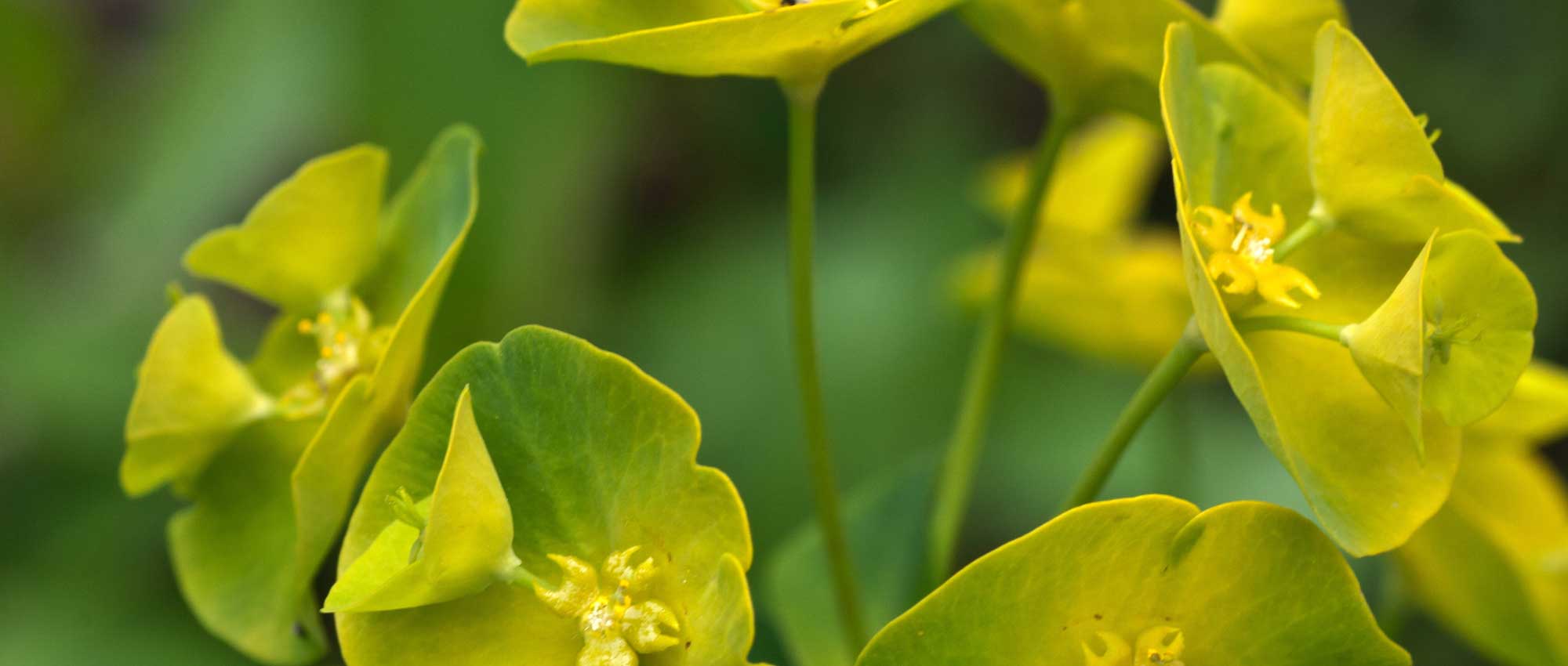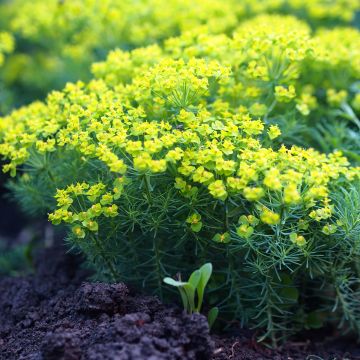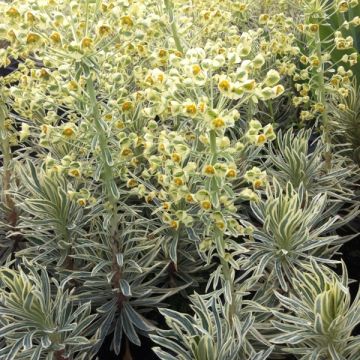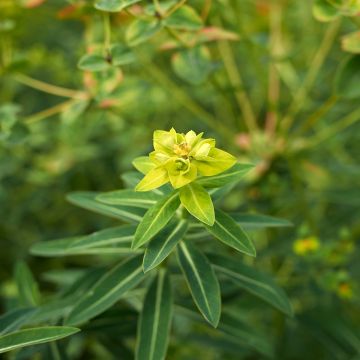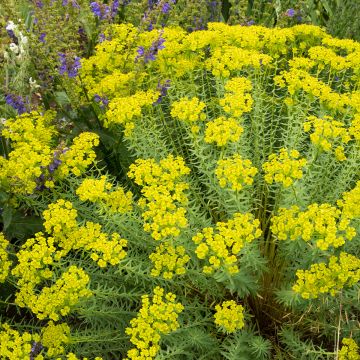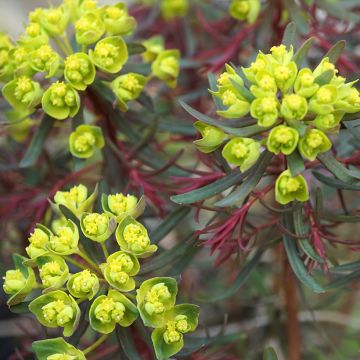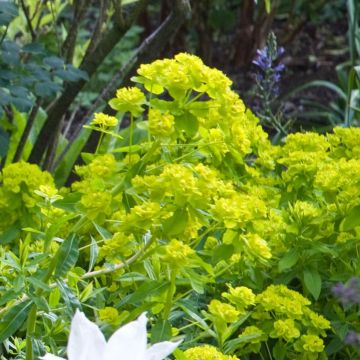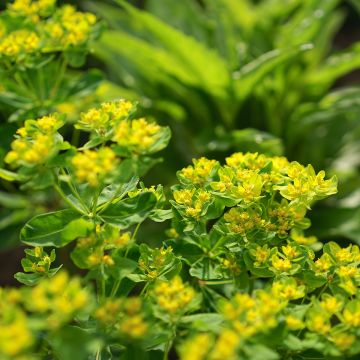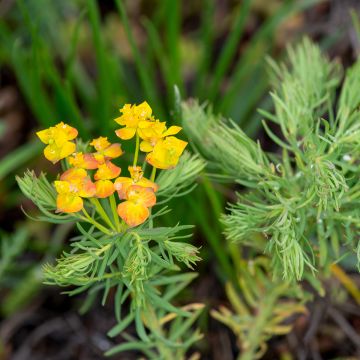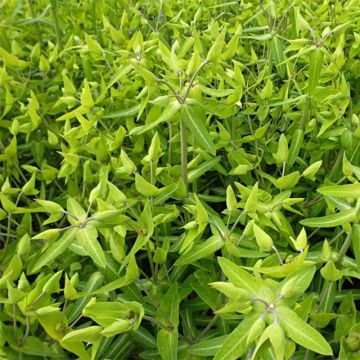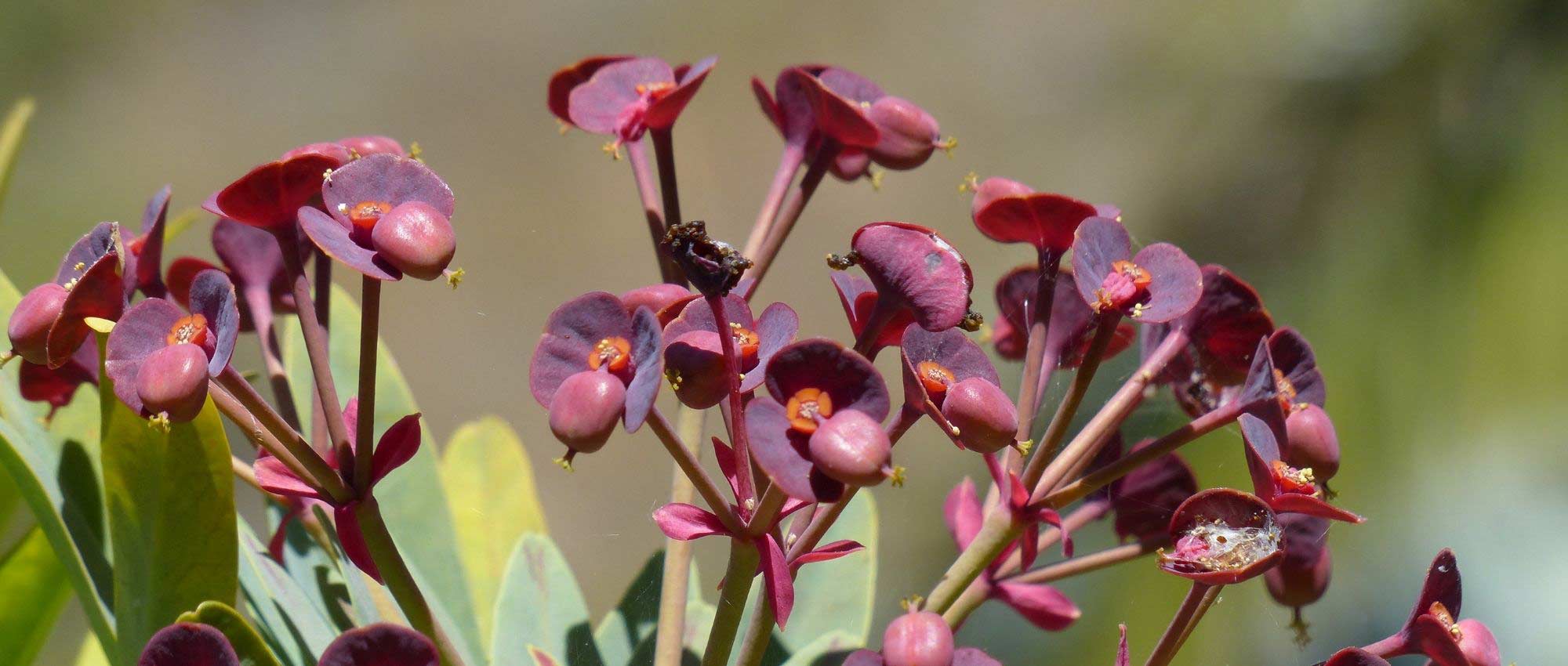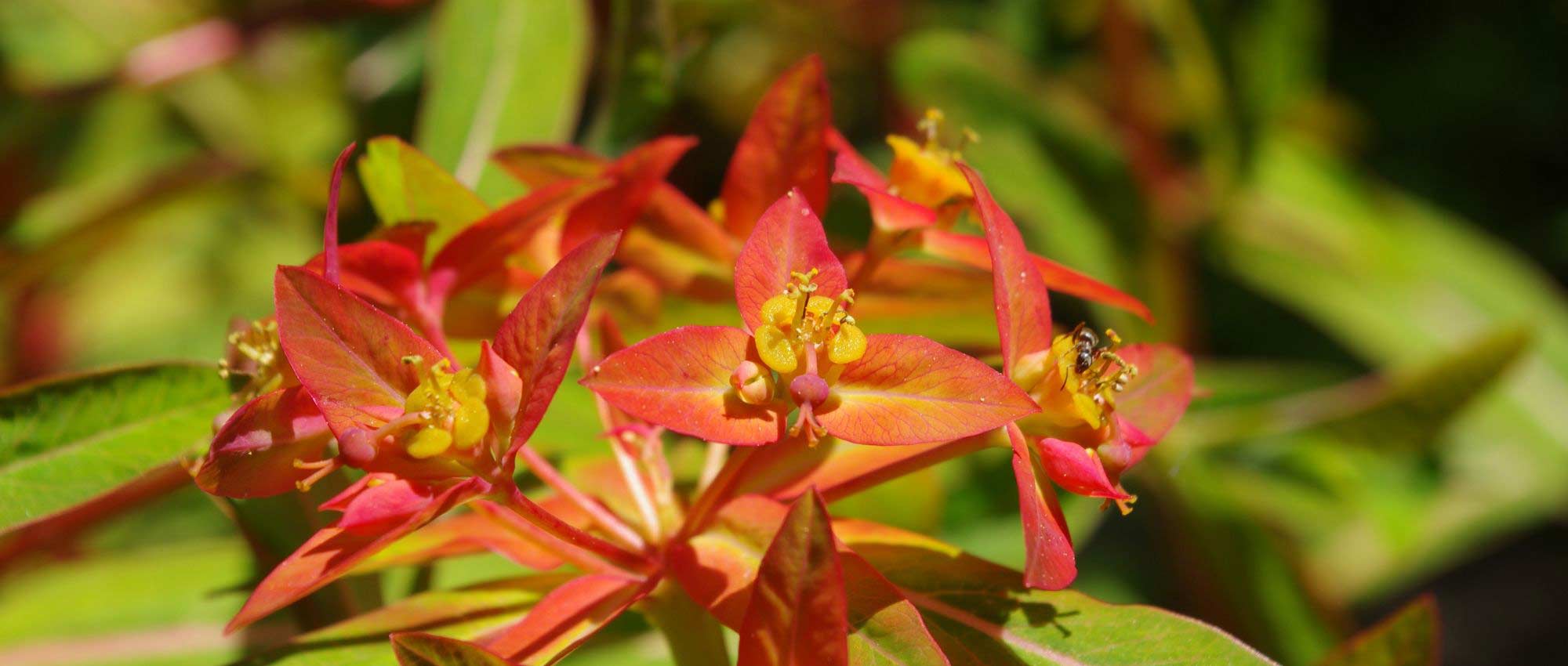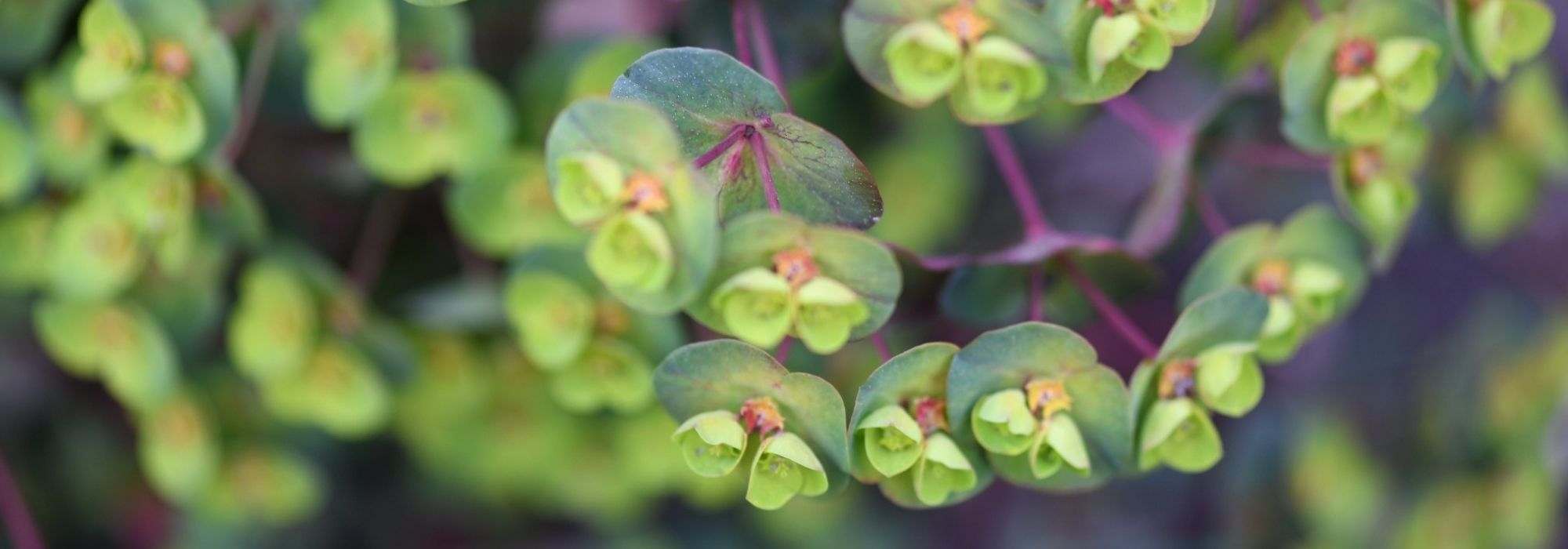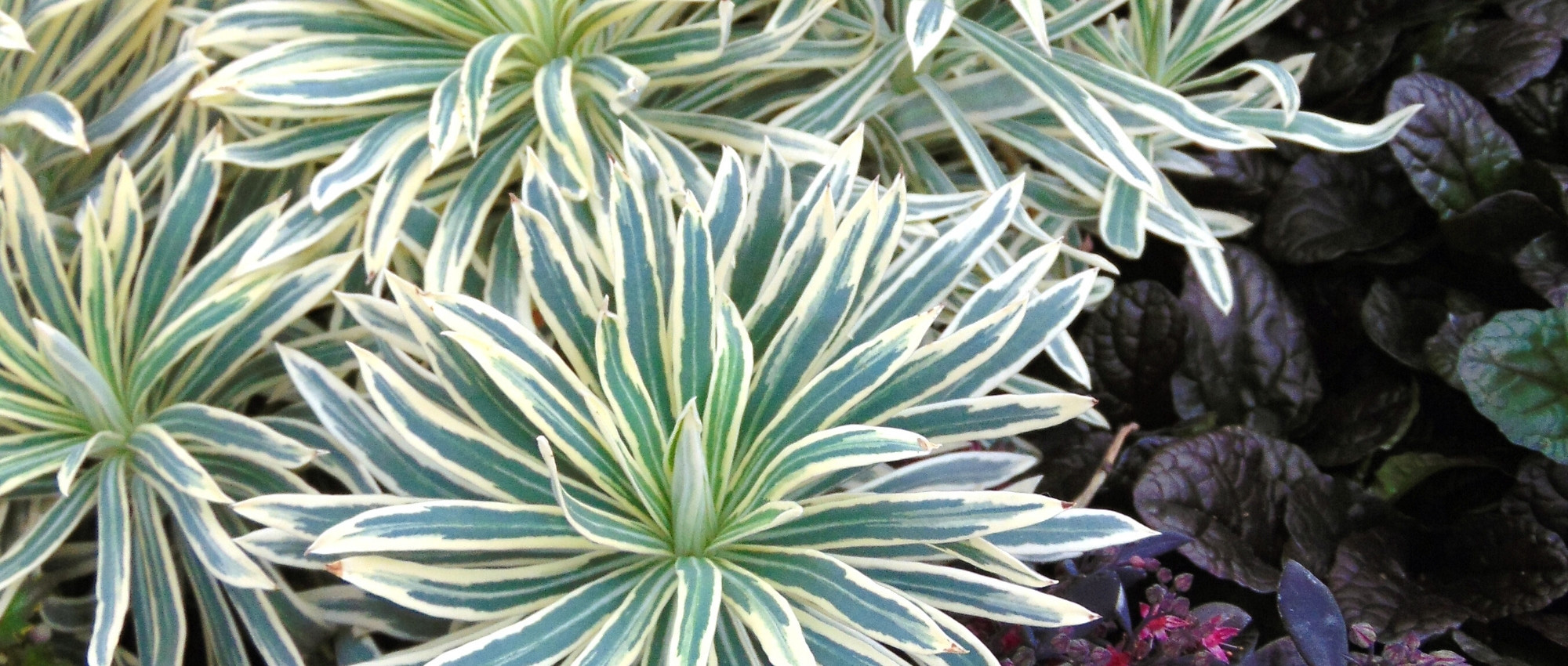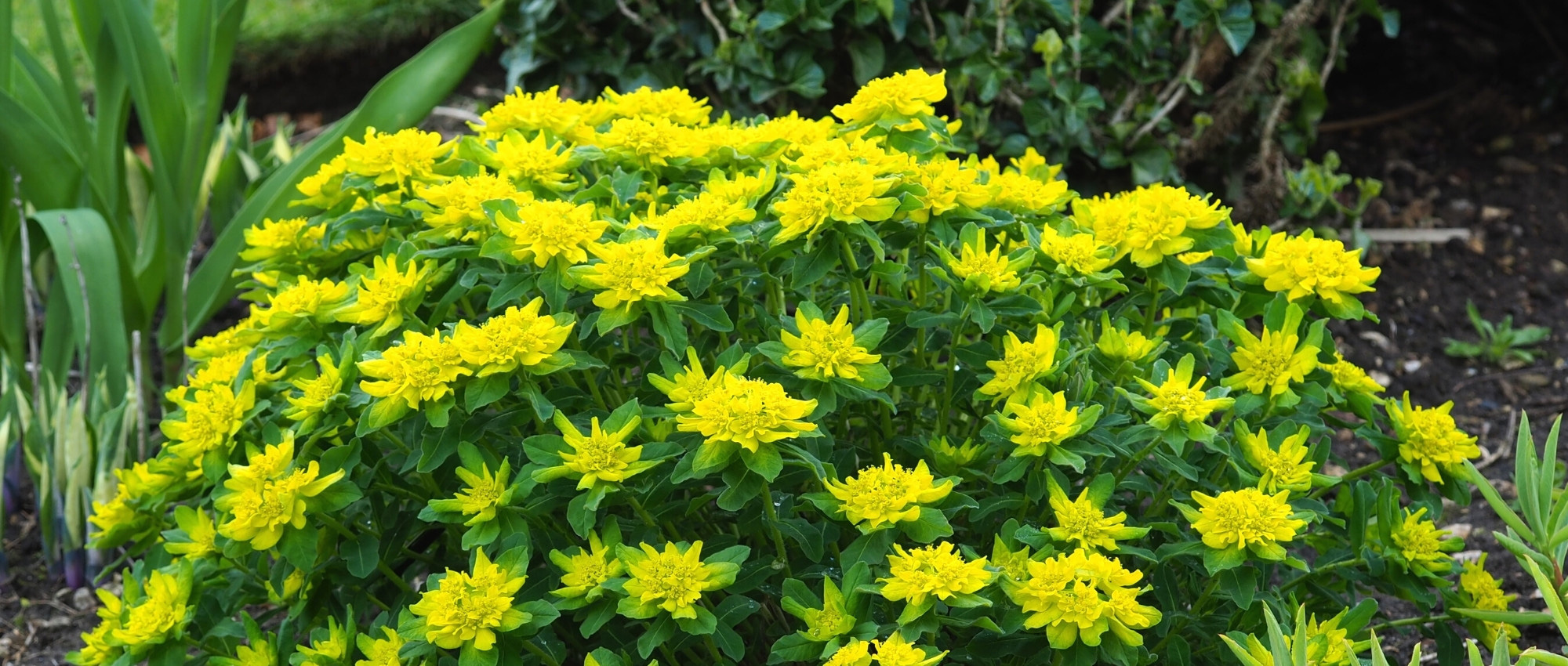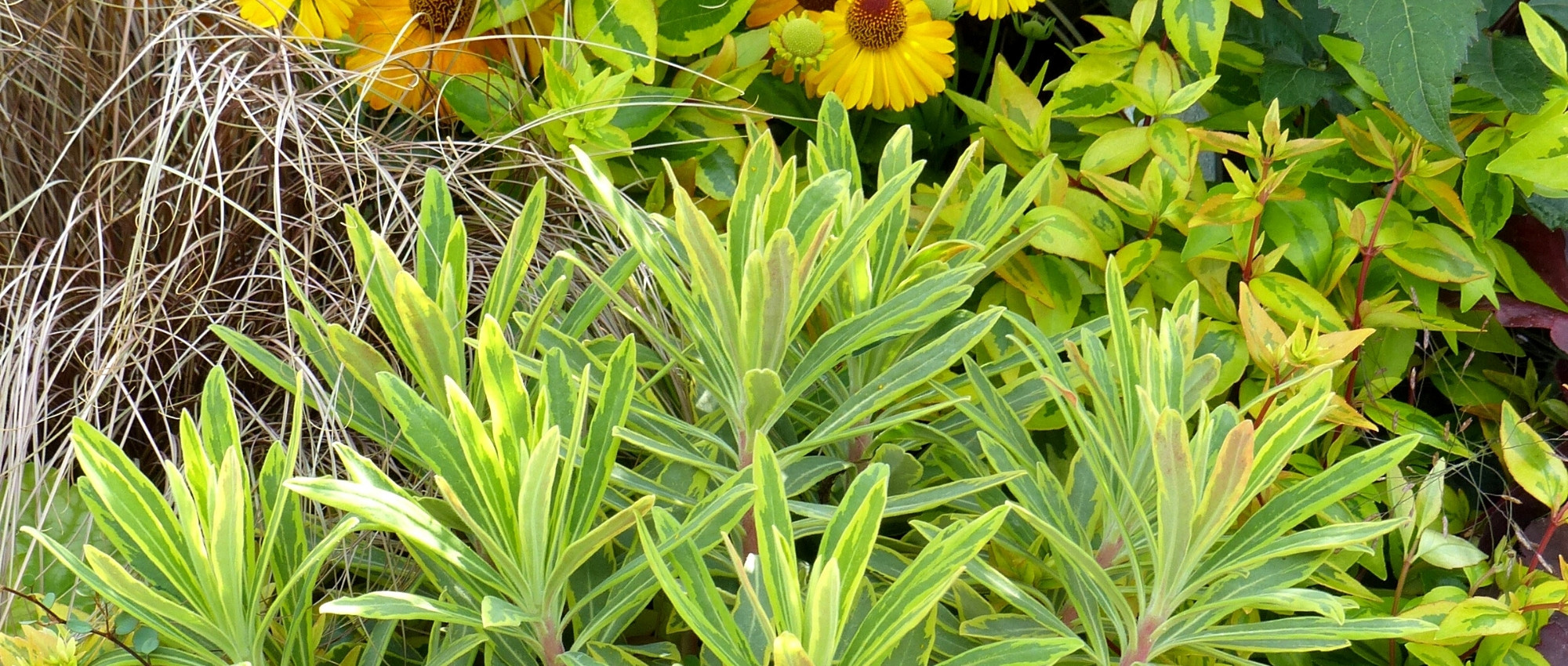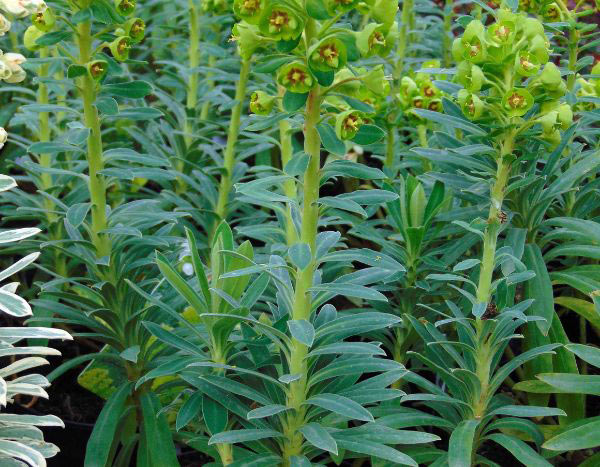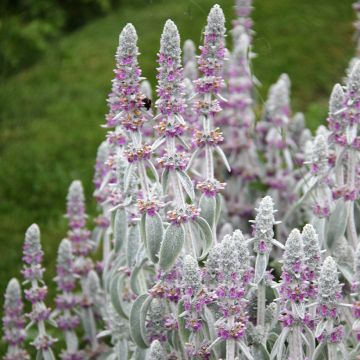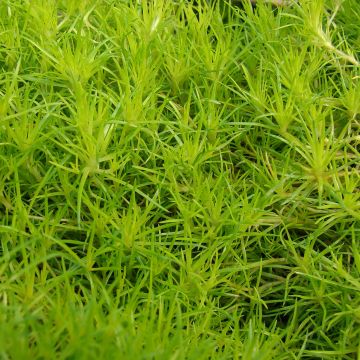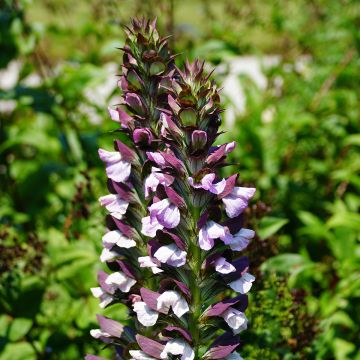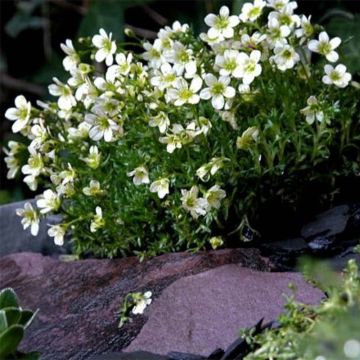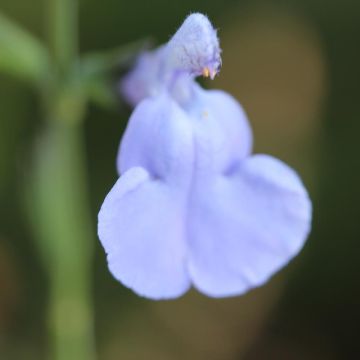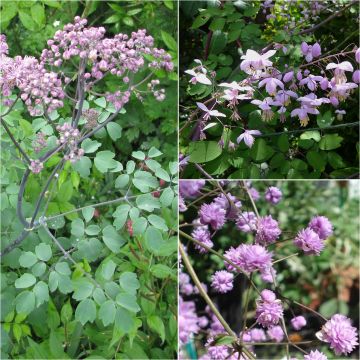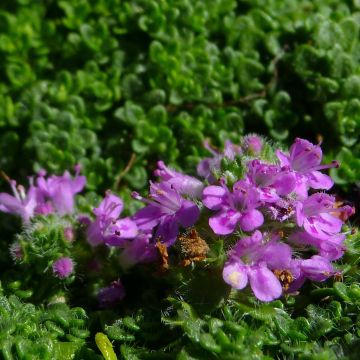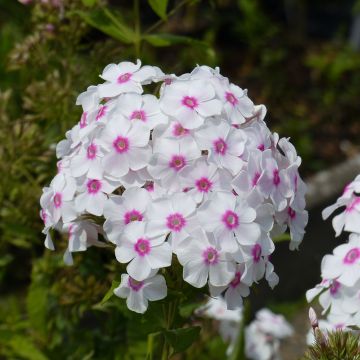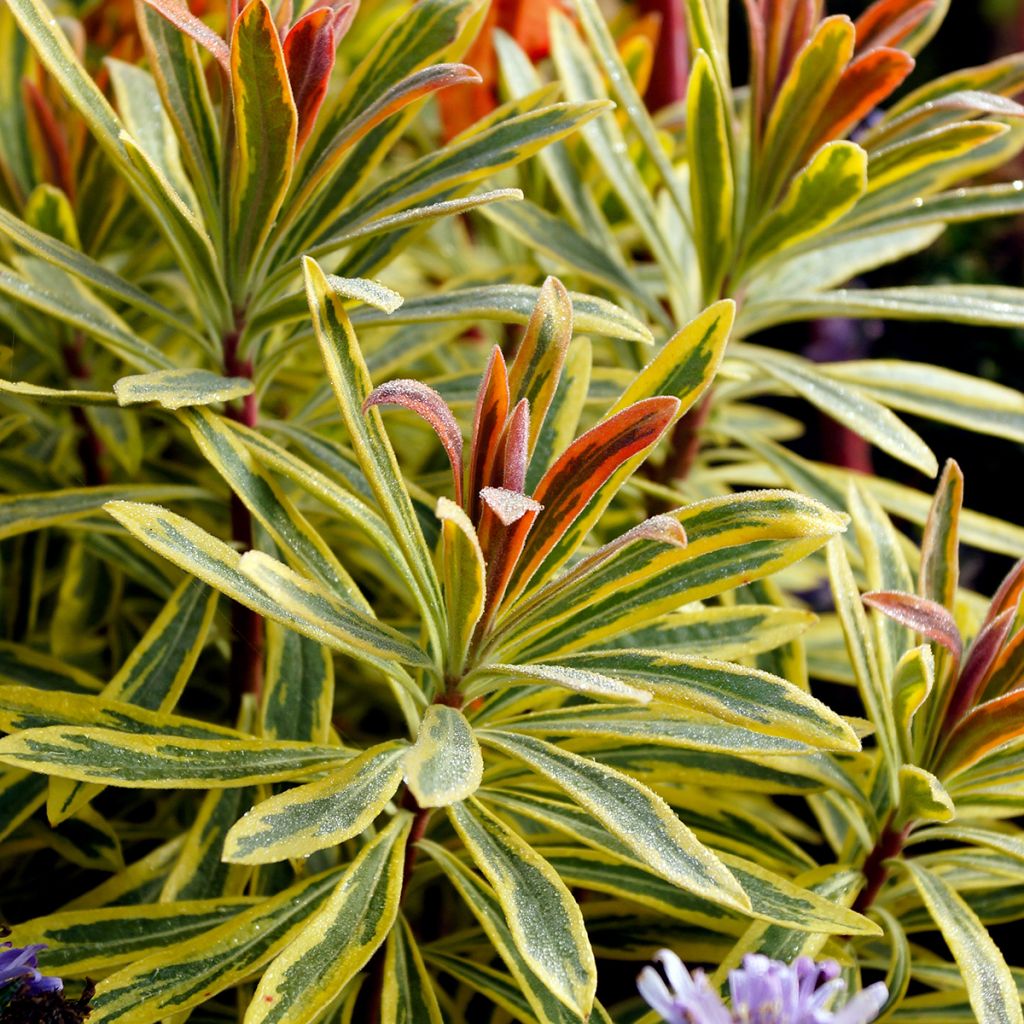

Euphorbia martinii Ascot Rainbow - Spurge
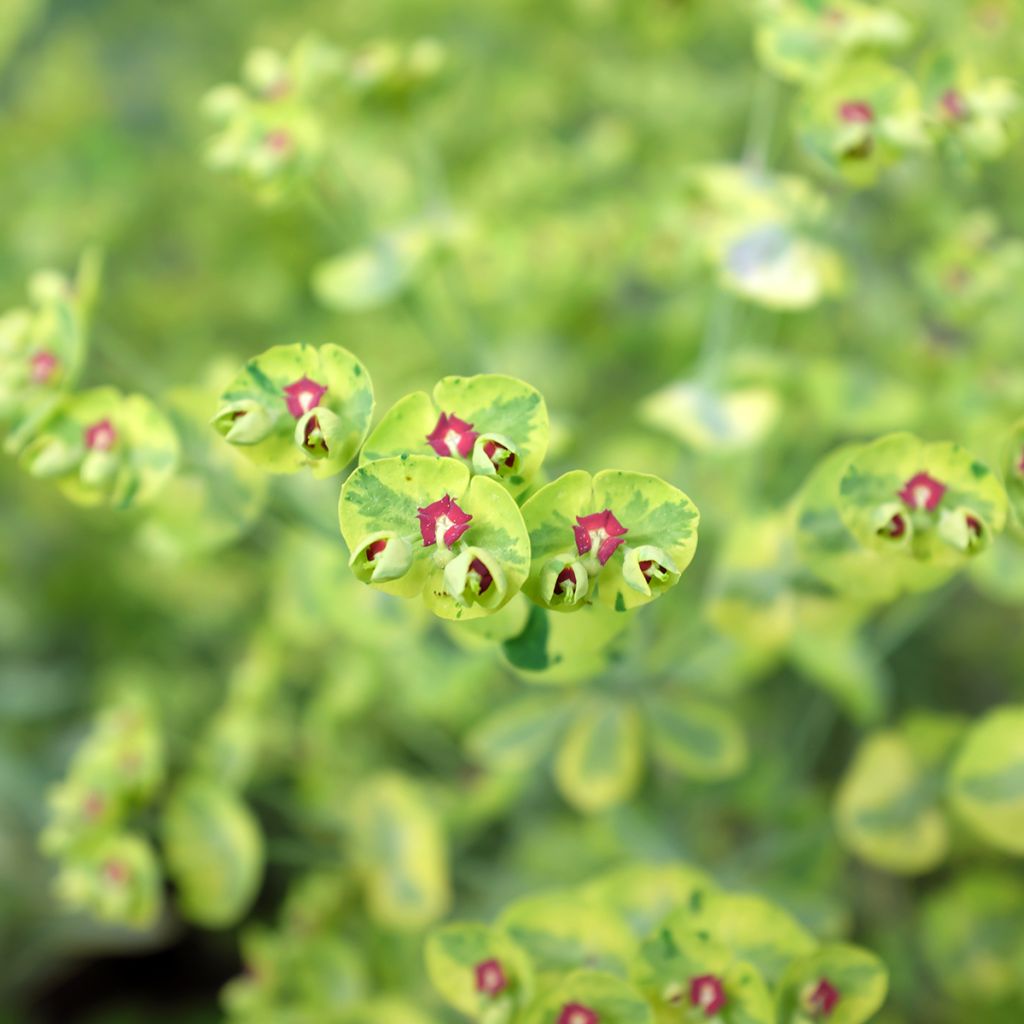

Euphorbia martinii Ascot Rainbow - Spurge
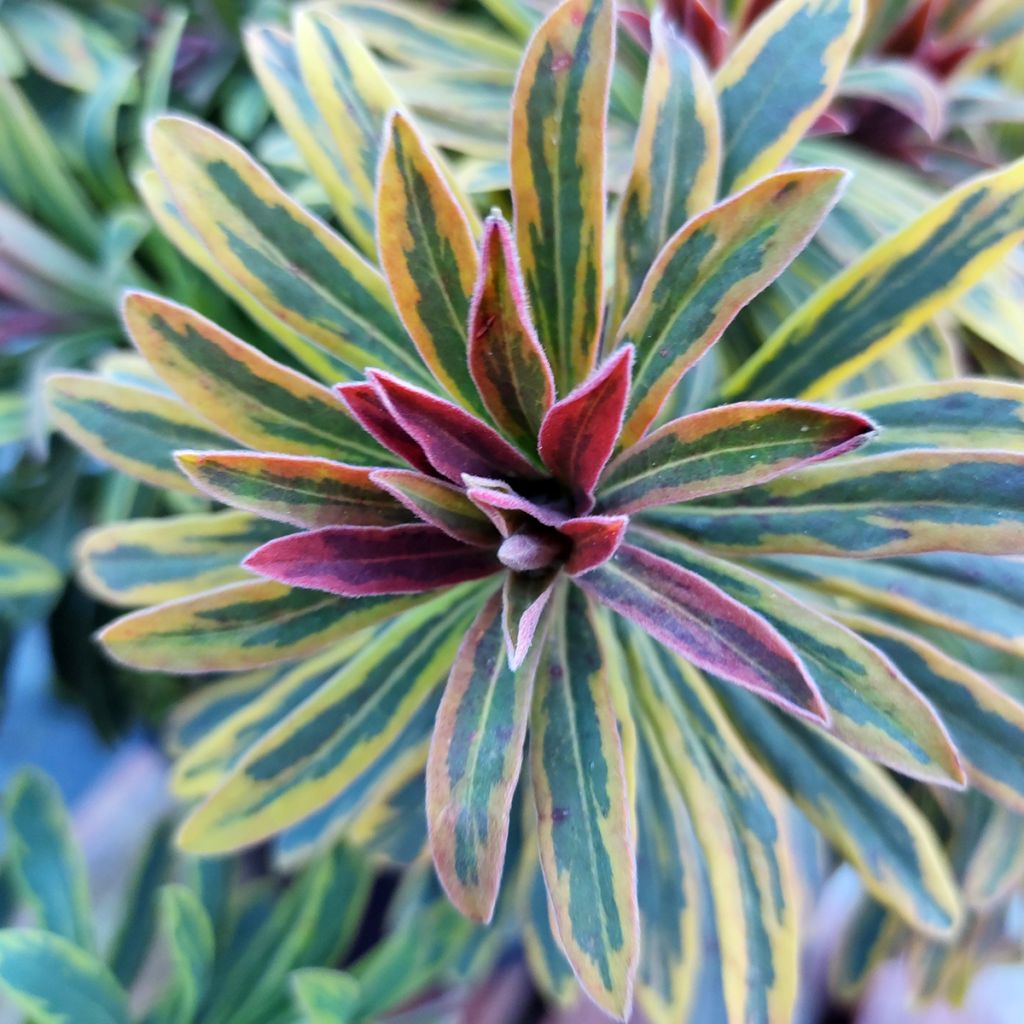

Euphorbia martinii Ascot Rainbow - Spurge
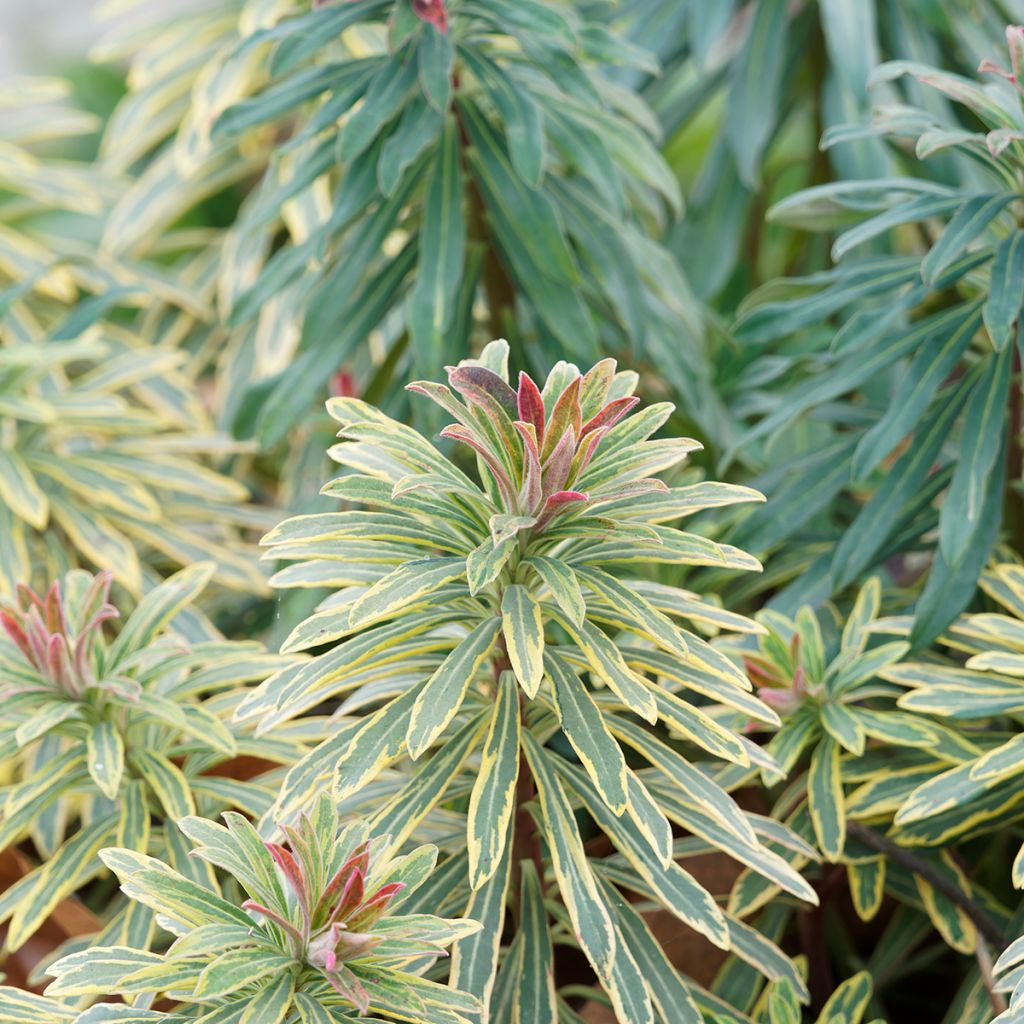

Euphorbia martinii Ascot Rainbow - Spurge
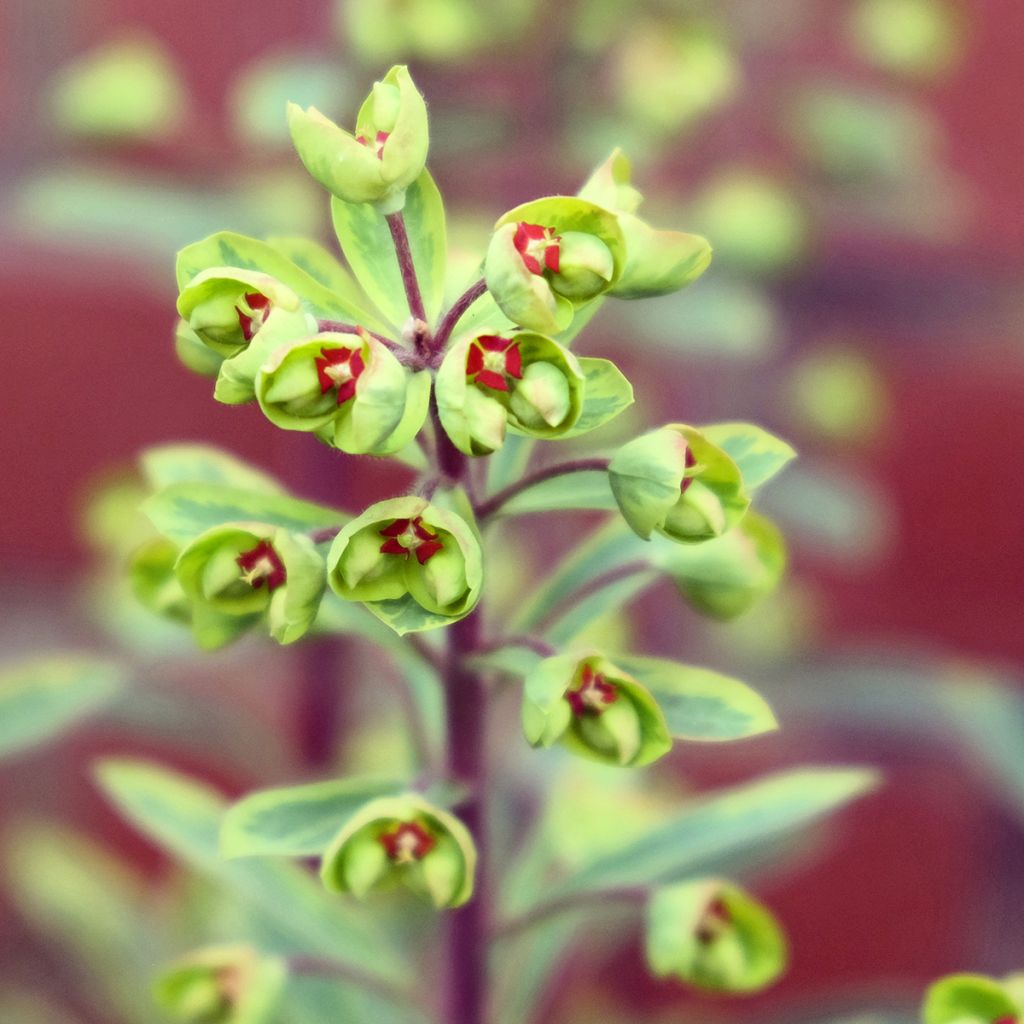

Euphorbia martinii Ascot Rainbow - Spurge
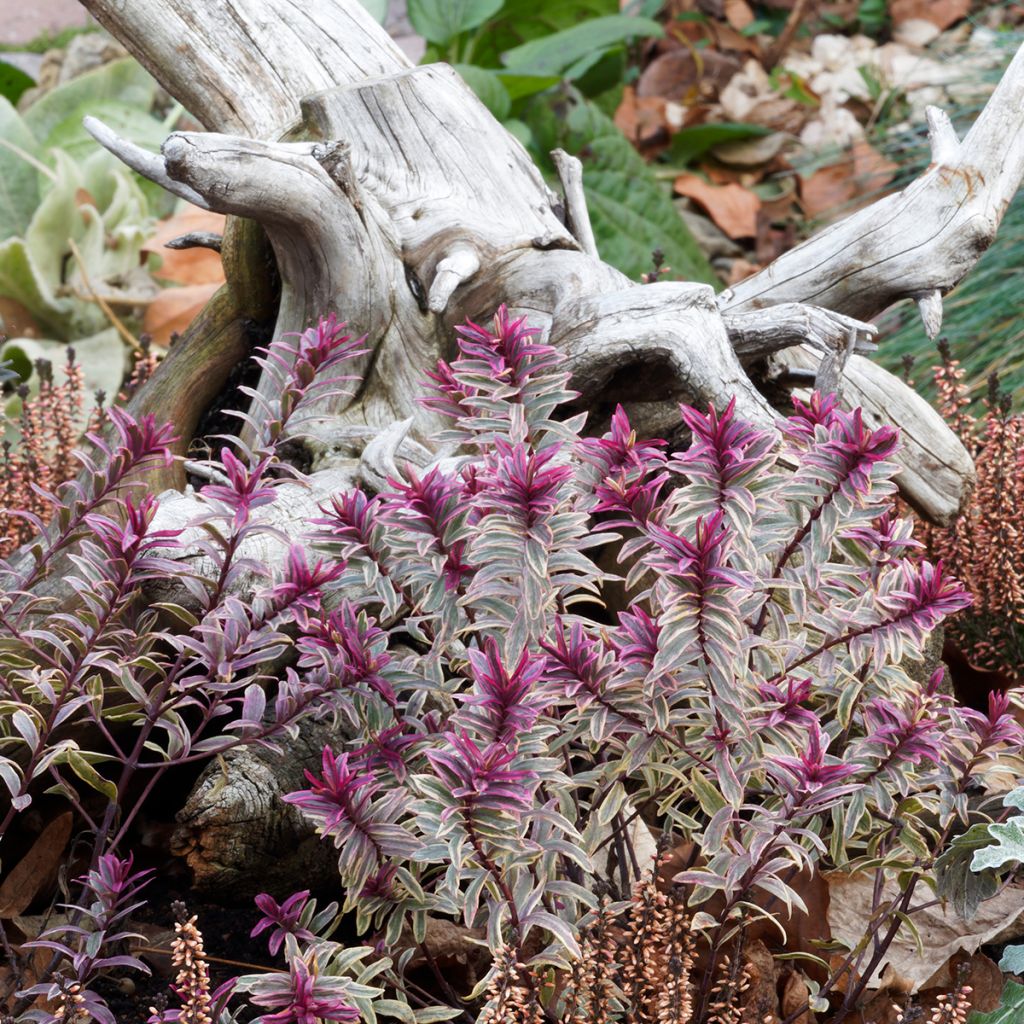

Euphorbia martinii Ascot Rainbow - Spurge
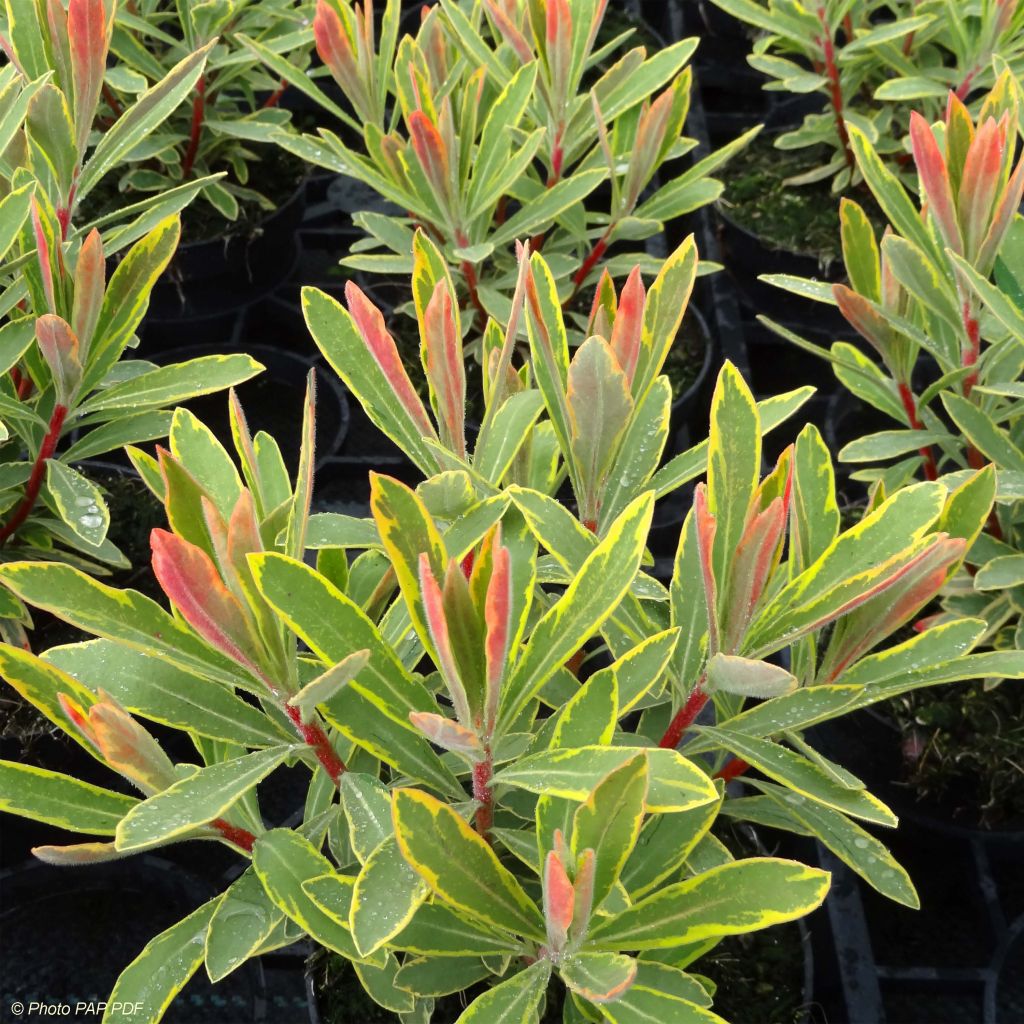

Euphorbia martinii Ascot Rainbow - Spurge


Euphorbia martinii Ascot Rainbow - Spurge
View more pictures
Hide images
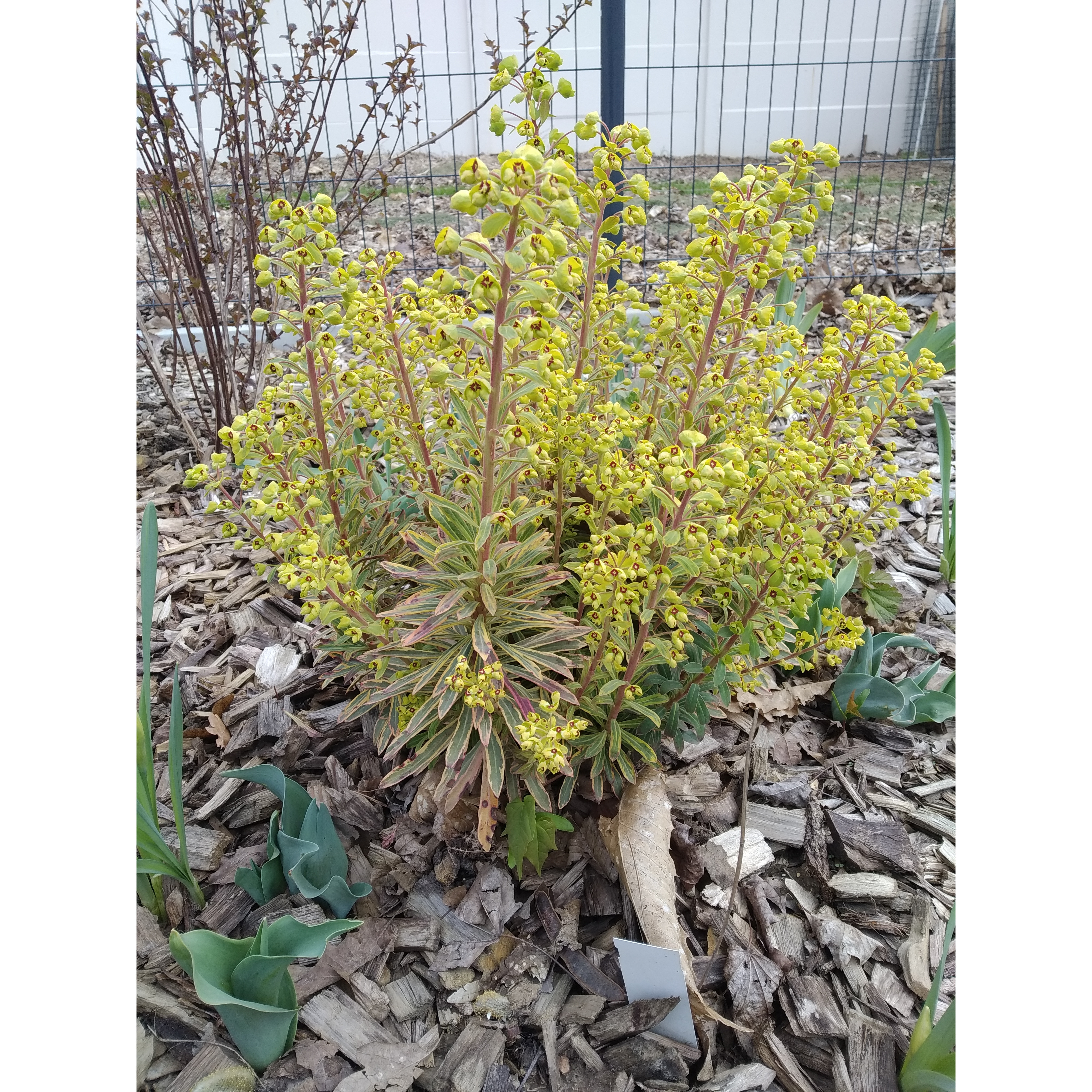
Barbara C.

Barbara C. • 60 FR
Euphorbia martinii Ascot Rainbow - Spurge
Euphorbia x martinii Ascot Rainbow
Martin's Spurge
Lovely plug plants well developed.
Nathalie, 18/10/2024
Special offer!
Receive a €20 voucher for any order over €90 (excluding delivery costs, credit notes, and plastic-free options)!
1- Add your favorite plants to your cart.
2- Once you have reached €90, confirm your order (you can even choose the delivery date!).
3- As soon as your order is shipped, you will receive an email containing your voucher code, valid for 3 months (90 days).
Your voucher is unique and can only be used once, for any order with a minimum value of €20, excluding delivery costs.
Can be combined with other current offers, non-divisible and non-refundable.
Home or relay delivery (depending on size and destination)
Schedule delivery date,
and select date in basket
This plant carries a 12 months recovery warranty
More information
We guarantee the quality of our plants for a full growing cycle, and will replace at our expense any plant that fails to recover under normal climatic and planting conditions.

Would this plant suit my garden?
Set up your Plantfit profile →
Description
Euphorbia x martinii 'Ascot Rainbow', also known as Martin's Spurge, is a superb evergreen and bushy variety with variegated foliage and flowers, creating a fantastic multi-coloured effect for a good part of the year. Its green-blue foliage is edged with cream-yellow, but becomes even more attractive when its bi-coloured young shoots, brown and light red, appear. This follows its springtime flowers which are green-yellow edged with cream and adorned with red nectar glands that cover the foliage. It is a drought-tolerant perennial plant that thrives in a very sunny or partially shaded position in hot climates.
'Ascot Rainbow' is a hybrid euphorbia, derived from Euphorbia x martinii and discovered in Australia. This shrubby perennial belongs to the large family of Euphorbiaceae. Martin's Spurge itself is a natural hybrid that appeared in southern France, resulting from the crossbreeding of Euphorbia characias with Euphorbia amygdaloides. Both species coexist in nature and are native to the western Mediterranean Basin (Portugal, western Morocco, Turkey).
This variety grows quite rapidly and reaches a mature size of approximately 60 cm (24in) in all directions. It has a bushy, compact, and dense habit. The flowering, which is very bright and variegated, takes place in April-May. It is colourful and highly distinctive, rare in nature due to the structure of its inflorescences: no petals, but brightly coloured leaves and bracts to attract insects. In the centre of this 'corolla', called cyathium, are the floral organs and four red nectar glands that form a beautiful contrast with the variegated cream and green-yellow bracts. This flowering is so abundant that it completely covers the evergreen foliage, consisting of long variegated leaves, hanging downwards, arranged in whorls along the stems. When temperatures drop in late summer, the plant produces young shoots at the tips of the stems, tinged with light brown and pink or red, which are particularly ornamental. The fruiting is a pendulous capsule that explodes to release its ripe seeds. The plant secretes a white latex, highly visible when the stems are broken. This latex is toxic, and it is essential to protect your hands when handling the plant as it can cause skin inflammation.
Plant Euphorbia x martinii and its varieties in light, poor, moist to dry, and very well-drained soil. It is important to avoid excessive moisture in winter, as it can greatly affect the hardiness of this plant. A gravel-rich soil yields good results. This large perennial is ideal in dry gardens, rockeries, or on sunny slopes. In this setting, it can be paired with early blue-flowering plants for a pleasant contrast, such as 'Corsican Blue' or 'Sappho' rosemary if you live in a region with mild winters, or Scutellaria altissima, creeping ceanothus, Anemone blanda, and dwarf iris if winter conditions are harsher. This Euphorbia also adapts very well to the edge of woodlands, in partial shade.
Euphorbia martinii Ascot Rainbow - Spurge in pictures
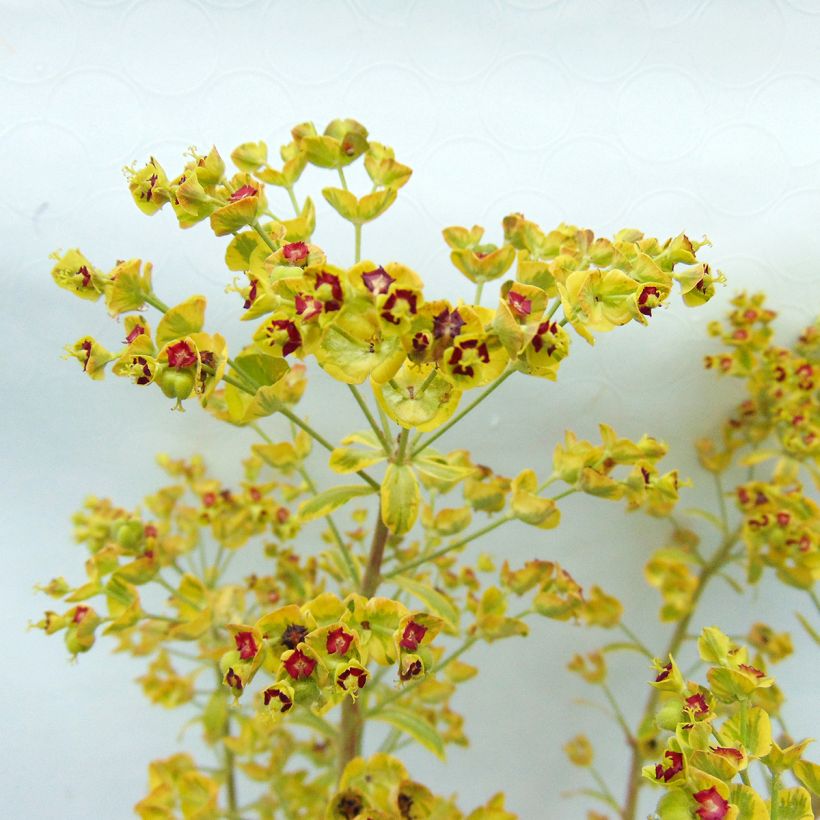

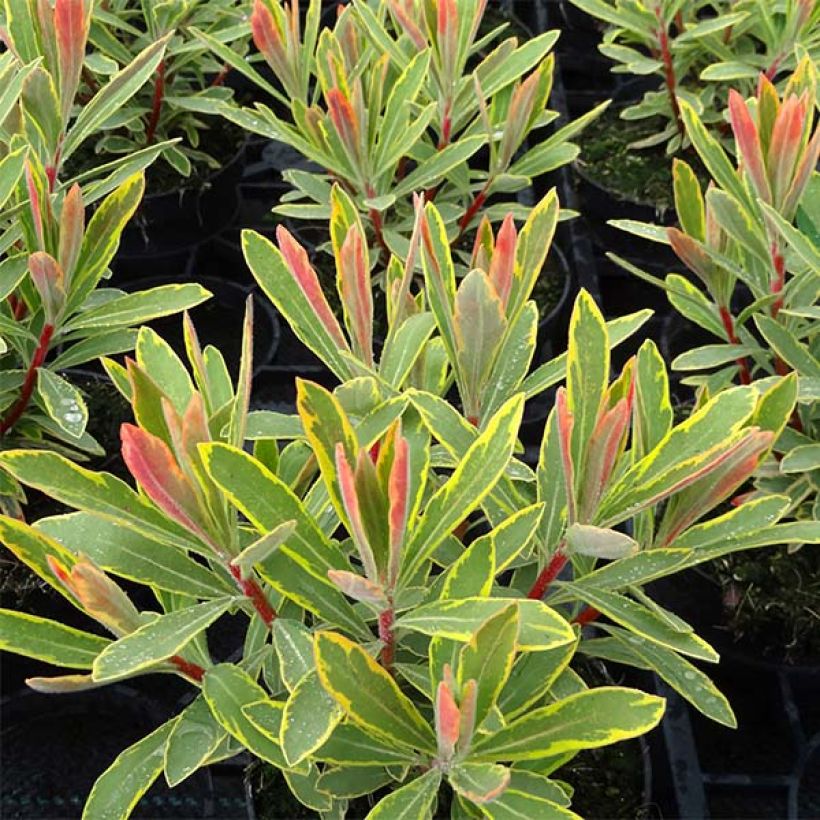



Flowering
Foliage
Plant habit
Safety measures
Botanical data
Euphorbia
x martinii
Ascot Rainbow
Euphorbiaceae
Martin's Spurge
Mediterranean
atteintescutaneomuqueuses
Cette plante peut provoquer l'apparition de réactions cutanées indésirables, une atteinte des yeux, ou des difficultés respiratoires si elle est ingérée.
Ne la plantez pas là où de jeunes enfants peuvent évoluer. Evitez tout contact avec la peau: privilégiez l'emploi de gants pour la manipuler. En cas de contact, lavez-vous soigneusement les mains et rincez abondamment à l'eau la zone concernée. Lavez les vêtements entrés en contact. En cas de réaction cutanée, contactez votre médecin ou le centre antipoison le plus proche de chez vous. En cas d'atteinte étendue ou de difficultés respiratoires, appelez immédiatement le 15 ou le 112.Pensez à conserver l'étiquette de la plante, à la photographier ou à noter son nom, afin de faciliter le travail des professionnels de santé.
Davantage d'informations sur https://plantes-risque.info
Other Euphorbia - Spurge
View all →Planting and care
Plant Euphorbia x martinii and its varieties in light, poor, moist to dry soil, even rocky soil, and above all, very well-drained soil. A limestone, neutral or slightly acidic soil will be suitable. Excess moisture in winter can significantly reduce the hardiness of this plant. A gravel-rich soil produces good results down to - 15°C (59°F).
Planting period
Intended location
Care
Planting & care advice
-
, onOrder confirmed
Reply from on Promesse de fleurs
Similar products
Haven't found what you were looking for?
Hardiness is the lowest winter temperature a plant can endure without suffering serious damage or even dying. However, hardiness is affected by location (a sheltered area, such as a patio), protection (winter cover) and soil type (hardiness is improved by well-drained soil).

Photo Sharing Terms & Conditions
In order to encourage gardeners to interact and share their experiences, Promesse de fleurs offers various media enabling content to be uploaded onto its Site - in particular via the ‘Photo sharing’ module.
The User agrees to refrain from:
- Posting any content that is illegal, prejudicial, insulting, racist, inciteful to hatred, revisionist, contrary to public decency, that infringes on privacy or on the privacy rights of third parties, in particular the publicity rights of persons and goods, intellectual property rights, or the right to privacy.
- Submitting content on behalf of a third party;
- Impersonate the identity of a third party and/or publish any personal information about a third party;
In general, the User undertakes to refrain from any unethical behaviour.
All Content (in particular text, comments, files, images, photos, videos, creative works, etc.), which may be subject to property or intellectual property rights, image or other private rights, shall remain the property of the User, subject to the limited rights granted by the terms of the licence granted by Promesse de fleurs as stated below. Users are at liberty to publish or not to publish such Content on the Site, notably via the ‘Photo Sharing’ facility, and accept that this Content shall be made public and freely accessible, notably on the Internet.
Users further acknowledge, undertake to have ,and guarantee that they hold all necessary rights and permissions to publish such material on the Site, in particular with regard to the legislation in force pertaining to any privacy, property, intellectual property, image, or contractual rights, or rights of any other nature. By publishing such Content on the Site, Users acknowledge accepting full liability as publishers of the Content within the meaning of the law, and grant Promesse de fleurs, free of charge, an inclusive, worldwide licence for the said Content for the entire duration of its publication, including all reproduction, representation, up/downloading, displaying, performing, transmission, and storage rights.
Users also grant permission for their name to be linked to the Content and accept that this link may not always be made available.
By engaging in posting material, Users consent to their Content becoming automatically accessible on the Internet, in particular on other sites and/or blogs and/or web pages of the Promesse de fleurs site, including in particular social pages and the Promesse de fleurs catalogue.
Users may secure the removal of entrusted content free of charge by issuing a simple request via our contact form.
The flowering period indicated on our website applies to countries and regions located in USDA zone 8 (France, the United Kingdom, Ireland, the Netherlands, etc.)
It will vary according to where you live:
- In zones 9 to 10 (Italy, Spain, Greece, etc.), flowering will occur about 2 to 4 weeks earlier.
- In zones 6 to 7 (Germany, Poland, Slovenia, and lower mountainous regions), flowering will be delayed by 2 to 3 weeks.
- In zone 5 (Central Europe, Scandinavia), blooming will be delayed by 3 to 5 weeks.
In temperate climates, pruning of spring-flowering shrubs (forsythia, spireas, etc.) should be done just after flowering.
Pruning of summer-flowering shrubs (Indian Lilac, Perovskia, etc.) can be done in winter or spring.
In cold regions as well as with frost-sensitive plants, avoid pruning too early when severe frosts may still occur.
The planting period indicated on our website applies to countries and regions located in USDA zone 8 (France, United Kingdom, Ireland, Netherlands).
It will vary according to where you live:
- In Mediterranean zones (Marseille, Madrid, Milan, etc.), autumn and winter are the best planting periods.
- In continental zones (Strasbourg, Munich, Vienna, etc.), delay planting by 2 to 3 weeks in spring and bring it forward by 2 to 4 weeks in autumn.
- In mountainous regions (the Alps, Pyrenees, Carpathians, etc.), it is best to plant in late spring (May-June) or late summer (August-September).
The harvesting period indicated on our website applies to countries and regions in USDA zone 8 (France, England, Ireland, the Netherlands).
In colder areas (Scandinavia, Poland, Austria...) fruit and vegetable harvests are likely to be delayed by 3-4 weeks.
In warmer areas (Italy, Spain, Greece, etc.), harvesting will probably take place earlier, depending on weather conditions.
The sowing periods indicated on our website apply to countries and regions within USDA Zone 8 (France, UK, Ireland, Netherlands).
In colder areas (Scandinavia, Poland, Austria...), delay any outdoor sowing by 3-4 weeks, or sow under glass.
In warmer climes (Italy, Spain, Greece, etc.), bring outdoor sowing forward by a few weeks.






























